- Daily & Weekly newsletters
- Buy & download The Bulletin
- Comment on our articles
Get your green fix at our favourite parks, woodlands and gardens
BRUSSELS
Tenbosch park in Ixelles was created by a veritable lover of botany and features more than 70 tree species, some unique in Belgium. The playground in the centre of the park protected by high-reaching bamboo plants is a favourite with families. Plus, there’s a waffle truck parked at the main entrance almost every day.
Even more hidden than Tenbosch, Viaduct Park benefits from less traffic rumbling past, although one side of this simple cloister of green space runs along the railroad tracks in Ixelles. Nevertheless, it’s a perfect escape from the bustle of the busy neighbourhood.
A few steps away from Rue du Bailli, tiny Faider Park was once the stuff of legends. A former beautiful old silver lime tree was fabled to have been planted by 19th century American wild west showman Buffalo Bill in 1901 when he and his circus pitched their tent in the space on a European tour. The entrance to the park at 86 Rue Faider looks just like any old doorway, but walk down a dark alley and you are rewarded by a sleepy neighbourhood recreation area with a playground for kids.
Josaphat park, the green lung of Schaerbeek neighbourhood, offers 20 hectares of open lawns, mature trees and ponds with swans and ducks. With its petting zoo for children and a mini golf course, it’s a great place to while away a fine day.
Tournay-Solvay Park in Boitsfort occupies a former country estate owned by Alfred Solvay, son of the industrialist Ernest. Alfred built a romantic castle in 1882, and in 1911 added a rose garden designed by Jules Buyssens, who incorporated abandoned medieval gravestones as paving stones. The last owner was Alfred’s daughter Therese, who died childless in 1972. Chemical giant UCB tried to build offices in the park, but the city fought off the developers and bought the estate in 1980. The castle was gutted by fire in 1982, but the grounds have been well maintained and now house the Brussels Region’s ecology centre.
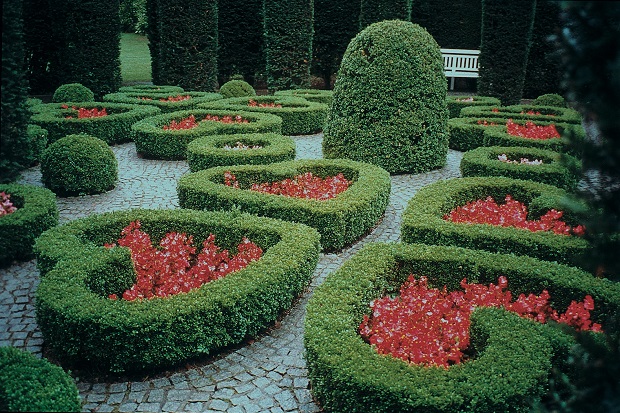
Created by a Dutch banker in the 1920s, the Van Buuren Museum and Gardens in Uccle were inaugurated into the European Route of Historic Gardens (ERHG) in 2023, the first Belgian site to join the international network. The gardens (pictured) were initially landscaped in a formal style by Jules Buyssens, before becoming more fanciful in the 1960s when René Pechère added ponds, an artificial stream, a circle of hedges planted in the shape of hearts and a circular maze. Definitely worth a detour.
Planted in the 1930s, the garden of the Erasmus House in Anderlecht had become a bit overgrown by the 1980s, when René Pechère was called in to come up with a new design. The landscape gardener couldn’t find any illustrations of the original garden and decided to invent a new medieval garden in a style that Erasmus might have seen when he stayed the area in 1521. The main inspiration came from a formal walled garden in a painting by Dirk Bouts in the Fine Arts Museum. The museum and grounds are open for free to the public on the first Sunday of the month.
The abandoned cemetery in Dieweg is one of the most remarkable green spaces in the capital. The cemetery was closed several decades ago and the place was deliberately allowed to grow wild, creating a unique ecological site that hosts a dozen varieties of ivy, 60 types of wild flower and several rare species of lichen. It’s a romantic place with crumbling tombstones gradually vanishing under the rampant ivy.
The terraces of the beautifully kept gardens surrounding La Cambre Abbey are an ideal spot for a picnic or a short stroll. The extensive grounds of the former Cistercian abbey also lend themselves to recreational games.
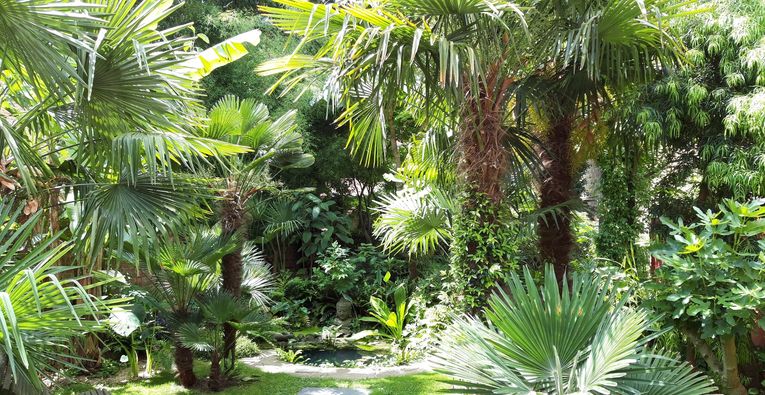
The final free opening of some of the capital’s otherwise secret private gardens and parks is on 24 September in Garden Tales. Discover a variety of green spaces in the capital, including the Grand Hospice, the secluded garden behind the La Montagne Magique theatre, the new canalside landscaped promenade in Quai des Matériaux and the ecosystem of Puls’Garden (pictured, main image) between the canal and the Senne river. The series is organised by the CIVA foundation in partnership with Natagora and Provelo and with the support of Bruxelles Environnement. Registration necessary.
Summer is a great time to visit the Maximilien nature and animal park, a pleasant surprise in the middle of the city centre. Children can learn about animals, agriculture and nature all at the same time.
The Kauwberg, unknown even to many Brussels natives, is a rather wild park, comprising an old sand quarry, meadows, woods and marshes. The locals have been fighting for decades against plans for golf courses and the like, successfully protecting its vegetable gardens, hilly paths and access to a great view over the city.
FLANDERS

The Doode Bemde in Huldenberg (pictured) is one of the more accessible nature reserves in Flemish Brabant, with 9km of hiking trails that include wooden walkways. The Dijle river valley site, with ponds and canals, is loved for the biodiversity of its poplar woods, meadows, shrubs and reed beds.
Summer is a fantastic time to explore Zwin nature park in Knokke-Heist. The 158-hectare protected marshland is home to a unique ecosystem thanks to the daily ebb and flow of seawater. Wooden paths lead visitors among colourful native plants, rippled sands emerging from sparkling water and an enormous number of migrating birds. The visitor centre alone offers hours of informative fun for the whole family.
Arboretum Tervuren, on the northern border of the Sonian Forest, boasts hundreds of tree species from around the world, covering a total of 120 hectares. You don’t always have to travel to the US to marvel at a giant sequoia! Six colour-coded hiking trails lead tree lovers through the impressive woodlands.
Explore the lush park of Gaasbeek castle with its remarkable fruit and vegetable gardens. The castle itself reopened earlier this year following major renovation. It’s possible to purchase combi-tickets for the castle and gardens or separate ones. Don’t miss the dairy opposite for the creamiest ice cream in town. De Lijn bus 142 from Brussels stops right at the door.
The Meise botanical gardens are not only home to millions of plant species, they’re also the place for cutting-edge biodiversity research, open-air art exhibitions, a barefoot experience trail, treasure hunt and “forest bathing” mindfulness sessions. Bring a picnic or refuel at the Orangery. Buses 250 and 251 from Brussels North stop right outside.
There’s an official “silent area” in countryside near Galmaarden, Geraardsbergen and Ninove (Flemish Brabant). Stiltegebied is defined as an area where the natural ambient noise of local fauna forms a distinctive soundscape. Explore the area and its resonant backdrop via various signposted routes.
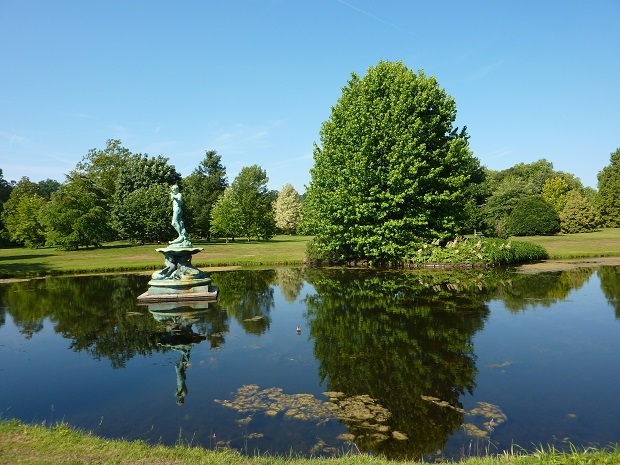
Magnolias are but one of the horticultural jewels at Haacht’s Arboretum Wespelaar (pictured), one of the world’s finest gardens. The extensive parks and woods contain an exceptional collection of trees and shrubs. The site includes a visitor centre, cafe and terrace.
Hasselt’s sister city Itami, in Japan, is largely responsible for the largest Japanese garden in Europe. Its 2.5 hectares is just outside the city centre. Japanese cherry trees, a lake of koi, footbridges and many species of plants indigenous to the country await. It’s a wonderful way to while away a summer afternoon. There are guided tours every Sunday.
Many people don’t realise that Leuven is home to a spectacular botanical garden. In fact, it’s Belgium’s oldest, established in 1738. There’s a neoclassical orangery, tropical greenhouse, Japanese garden and herb garden. It’s just outside the historic city centre but feels a world away.
Den Battelaer is a flood plain between the Zenne and the Leuven-Dijle canal and is home to many plants and animals, including the bluethroat, reed warbler, gadwall and forget-me-nots. The freshwater mud flat called Zennegat is fed twice a day through a sluice in the dyke along the Dijle river, creating salt marshes, so the diversity of flora and fauna here is impressive. Take to the walking or cycling paths to see them, including migratory birds.
WALLONIA
Liège’s Parc de la Boverie offers an urban escape: a riverside green space within the city. Ideal for families, it’s also home to art museum La Boverie. From the city’s Guillemins railway station, the park is easily accessible via the Belle Liégeoise cycle and walkway that crosses the Meuse.
The area around Spa teems with woods and forests, ideal for walking and immersion in nature. Just 5km from the town is Domaine de Berinzenne, a parkland area with a museum devoted to the region’s local treasures: woodland and water.
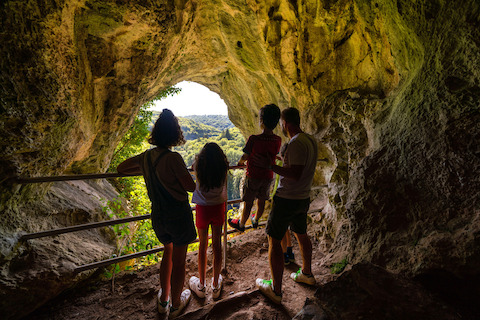
The Lesse valley nature reserve Parc de Furfooz near Dinant is a 50-hectare domain offering a 4km walk in varied terrain. Rock faces, caverns, riverbanks, meadows, forest and ancient roman baths reveal how the area has been inhabited since prehistoric times.
The Bon-Secours forest straddles the French border in Peruwelz, close to Tournai. The Maison du Parc visitor centre near the town’s basilica is a good starting point for exploring the ancient woodland, including a 16m raised walkway through treetops. The centre has information on signposted trails for walkers and a multimedia tour of wildlife and plants.
The magnificent Château of Beloeil and its estate are known as the Versailles of Belgium. Its gardens are exceptional and an important green heritage site in the province of Hainaut. A 25-hectare park with French-styled landscaped gardens were designed in 1664 and boast a lake, a pond, a bridge, statues, among other features.
Another important heritage and cultural site in Hainaut is the Château de Seneffe, which dates from the 18th century. Surrounding the neoclassical stately home are formal gardens, a park, pond and woodland, all forming a rich nature site. Visitors can access the park free of charge.
Enghien Park is one of the most beautiful in Europe with its mosaic of waterways, woods, themed gardens, flower beds and old buildings. A major Wallonia heritage site in Hainaut, the park is remarkable from both an ecological and botanical point of view. Originating from the 15th century, the estate has undergone numerous transformations. The many species of tree and plants create a harmonious and magical green space is free for visitors. Audio-guides are available.
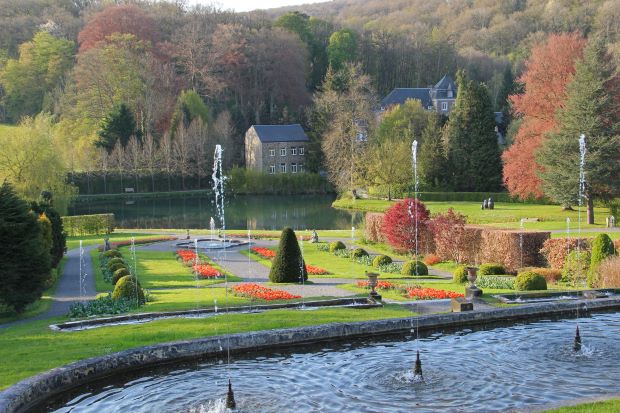
A stone’s throw from the River Meuse, between the cities of Namur and Dinant, lie the beautiful 18th-century gardens of Annevoie (pictured). A six-year renovation project has finally been completed on the 12-hectare estate to reveal the full splendour of the English, French and Italian style water courses and elaborate features, including waterfalls and fountains, plus a children’s playground.
Among the many castles dotting the tree-flanked Mosane valley is the outstanding Domaine de Freÿr, near Hastière. Overlooking one of the most idyllic stretches of the river, the stately home was recently restored and transformed into a sustainable estate. Dating from the 14th century, the family-owned stately home has fine terraced gardens, water features, a 6km labyrinth, an ancient orangery and an 18th-century summer folly.
Stroll around the splendid grounds of the Solvay Regional Domain- Château de la Hulpe in Brabant Walloon. Rare trees, plants, shrubs and rhododendron bushes are among its horticultural treasures. Created in the 19th century from a corner of the Sonian Forest, the property was bought by the industrialist Ernest Solvay is 1893. His grand-son bequeathed it to the Belgian state In 1968. The spacious grounds are ideal for family visits.
This article was updated in August 2023.
Photos: Garden Tales ©Civa; Doode Bemde ©Lander Loeckx; Parc de Furfooz WBT ©Denis Closon; Annevoie ©Daniel Fouss







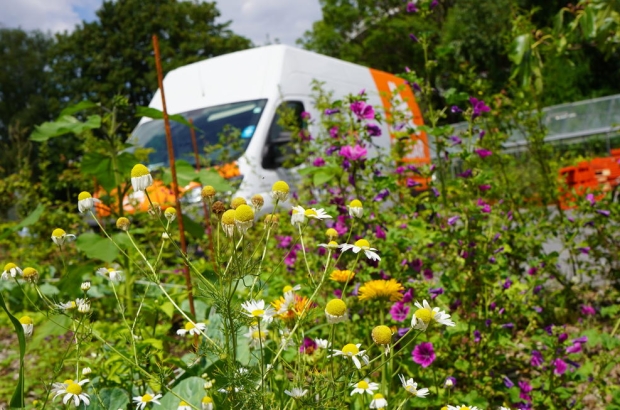







Comments
This article would have been great to have read at the beginning of the summer not just as it ends and the rain and cold set in!!! When you plan to give us info think about the seasons of the year as well.